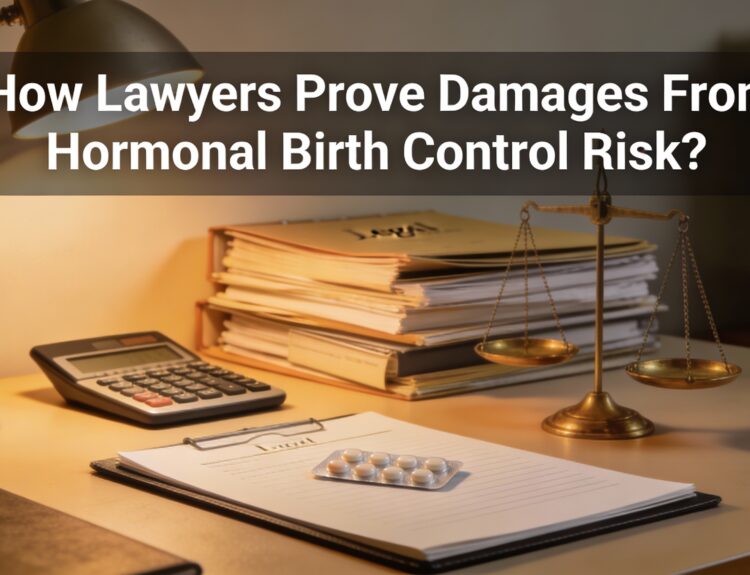Divorce can be a complicated and emotionally draining process, especially when significant assets are involved. High asset divorces often entail complex financial arrangements, multiple properties, businesses, investments, and valuable personal belongings. Understanding how property division works in such cases is crucial for ensuring a fair and equitable distribution. Here is a comprehensive look at what you need to know about property division in a high asset divorce.
Contents
Identify Marital vs. Separate Property
The first step in property division is distinguishing between marital and separate property. Marital property includes assets acquired during the marriage, regardless of whose name is on the title. This typically includes:
- Real estate properties
- Bank accounts
- Investment portfolios
- Retirement accounts
- Business interests
- Personal property (vehicles, jewelry, art)
Separate property, on the other hand, includes assets acquired before the marriage, inheritances, and gifts specifically given to one spouse. However, determining whether an asset is marital or separate can be complex, especially if assets have been commingled. For example, if separate funds were used to purchase a marital home, the property may be considered partially marital and partially separate.
Valuation of Assets
Accurately valuing assets is essential in high asset divorces. This process often requires the expertise of financial professionals, such as:
- Forensic accountants
- Appraisers
- Business valuation experts
These professionals assess the current market value of various assets, including businesses, real estate, and investments. In some cases, particularly with unique or rare items (e.g., art collections, antique cars), specialized appraisers may be needed to determine accurate valuations.
Consider Tax Implications
Property division in high asset divorces can have significant tax consequences. It’s essential to consider these implications to avoid unexpected tax liabilities. For example:
- Transferring retirement accounts may trigger taxes and penalties if not done correctly.
- Selling properties or businesses might result in capital gains taxes.
- Alimony payments can affect tax obligations for both parties.
Working with tax professionals during the divorce process can help ensure that both parties understand the tax impact of property division decisions and plan accordingly.
Equitable Distribution vs. Community Property
The method of property division depends on the state where the divorce is filed. States follow either equitable distribution or community property laws:
- Equitable Distribution States: Most states follow equitable distribution, where assets are divided fairly but not necessarily equally. Courts consider factors such as the length of the marriage, each spouse’s financial contributions, future earning potential, and the needs of any children.
- Community Property States: In these states (e.g., California, Texas), marital property is divided equally between spouses. Each spouse is entitled to 50% of the community property, regardless of individual contributions.
Understanding which laws apply in your state is crucial for anticipating how assets will be divided.
Prenuptial and Postnuptial Agreements
Prenuptial and postnuptial agreements play a significant role in high asset divorces. These agreements outline how assets will be divided in the event of a divorce and can simplify the process according to specialized divorce lawyers in Orange County. However, their enforceability depends on several factors:
- Both parties must have entered the agreement voluntarily.
- Full disclosure of assets and liabilities is required.
- The agreement must be fair and not unconscionable at the time of enforcement.
If a prenuptial or postnuptial agreement exists, it can guide the property division process and potentially avoid lengthy legal battles.
Business Interests
Dividing business interests in a high asset divorce can be particularly challenging. Several factors must be considered:
- Valuation: Determining the fair market value of the business, including tangible and intangible assets.
- Ownership Structure: Understanding the ownership structure, including partnerships and shareholder agreements.
- Future Viability: Assessing the impact of the divorce on the business’s future operations and profitability.
Options for dividing business interests include one spouse buying out the other’s share, selling the business and dividing the proceeds, or continuing joint ownership (though this is rare).
Hidden Assets and Forensic Accounting
In high asset divorces, there may be concerns about hidden assets. Spouses might attempt to conceal assets to avoid division. Forensic accountants are skilled at uncovering hidden assets, such as:
- Offshore accounts
- Undisclosed investments
- Underreported income
- Fraudulent transfers
Ensuring full disclosure of all these types of assets is essential for a fair division.
Overall, property division in a high asset divorce is a complex and multifaceted process. It requires careful consideration of various factors, including asset identification and valuation, tax implications, state laws, and the presence of prenuptial agreements. Engaging financial and legal professionals is crucial for navigating these complexities and ensuring a fair and equitable distribution of assets. By understanding the intricacies of property division, you can better prepare for the challenges ahead and work towards a resolution that respects the contributions and needs of both parties.




